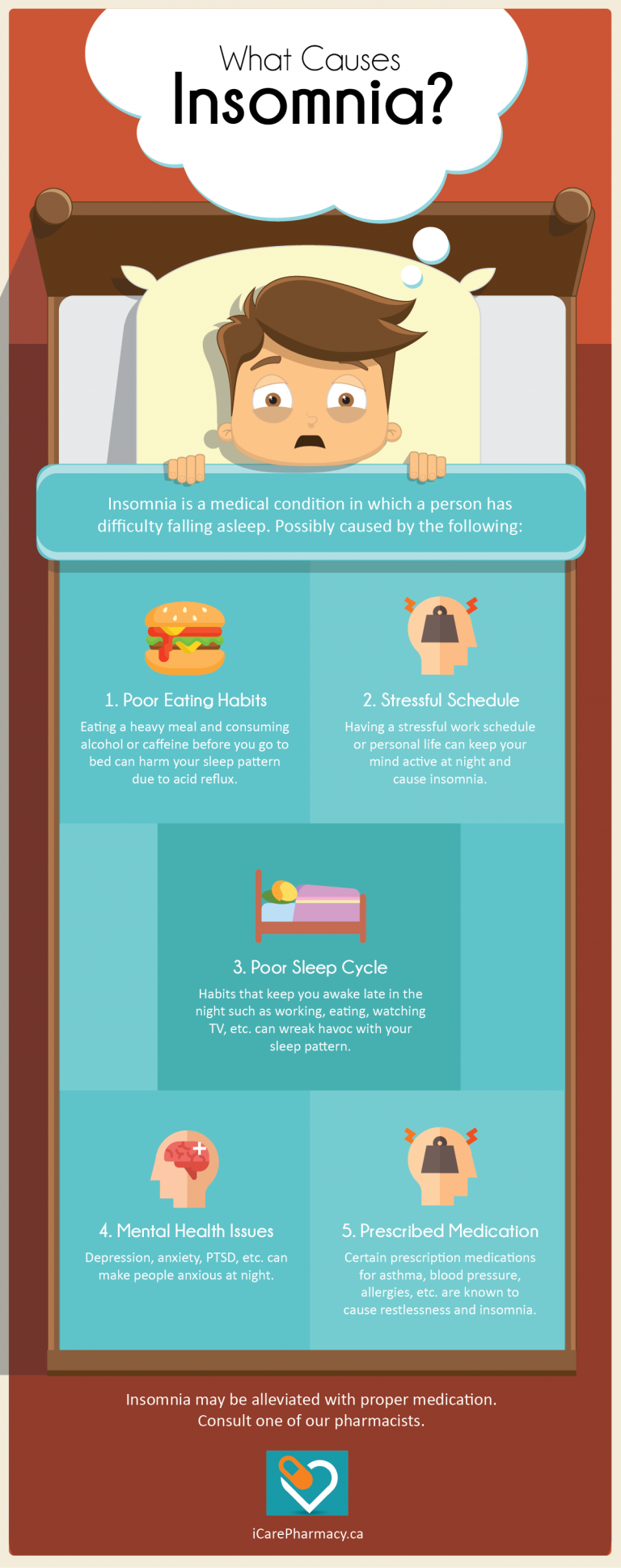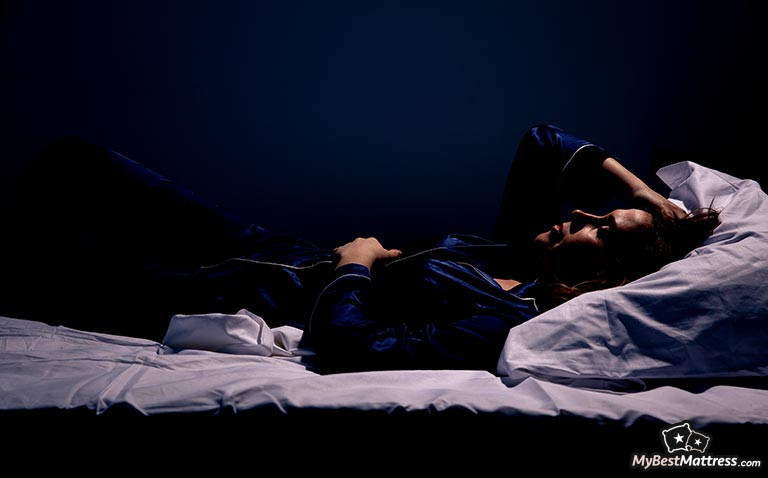
Only 15% of non-lonely participants felt that way. Of the people who scored in the lonely rage (the 61.5% of respondents), 54.7% of lonely participants met clinically significant criteria for moderate to severe depression. Killgore: We found that reported loneliness was strongly correlated with depression. Q: What are the public health consequences of such wide-spread loneliness? It's not common to have this level of isolation on such a wide scale. According to our survey results, 93% of respondents were sheltering in place 61.5% felt social isolated much of the time and 43% exceeded the cutoff for high loneliness, which is higher than previous reports. Killgore: We found that during the lockdown period back in April, right when COVID cases were modeled to peak, that the rates of loneliness were quite high. Q: How pervasive is the feeling of loneliness in isolation?

UANews spoke with Killgore and sleep expert and study co-author Michael Grandner, an associate professor of psychiatry and director of the Sleep and Health Research Program in the Department of Psychiatry and the Behavioral Sleep Medicine Clinic at Banner – University Medical Center Tucson, on ways to protect mental health during this time The team continues to analyze survey data monthly in an effort to track mental health responses to COVID-19 throughout the year. The findings are based on surveys of over 1,000 Americans between the ages of 18 and 34.

Their findings, which are yet to be peer-reviewed, were recently published as letters to the editor of the journal Psychiatry Research. They found two possible reasons for the increase: loneliness and anxiety-induced insomnia. A team of UArizona psychiatrists and sleep researchers led by William "Scott" Killgore, psychiatry professor in the College of Medicine – Tucson, found evidence in surveys that during the wide lockdown period in April, there may have been a spike in suicidal thoughts in the United States.


 0 kommentar(er)
0 kommentar(er)
